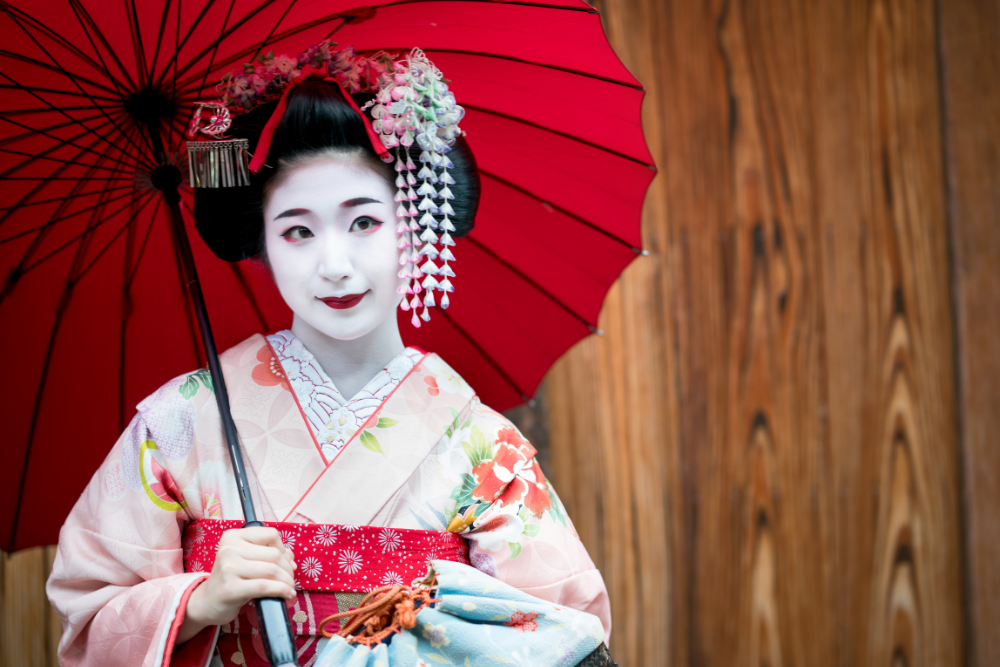Introduction
The kimono is one of Japan’s most iconic traditional garments, embodying centuries of craftsmanship, cultural significance, and aesthetic refinement. More than just clothing, wearing a kimono is an art form, with precise techniques, layers, and accessories that reflect seasonality, formality, and personal expression.
Participating in a kimono dressing ceremony is a memorable way to immerse yourself in Japanese culture and etiquette, whether in a historic tea house, a Kyoto kimono rental shop, or a traditional family setting. This guide explores the history of kimono, the dressing process, and where to experience it firsthand.
A Brief History of the Kimono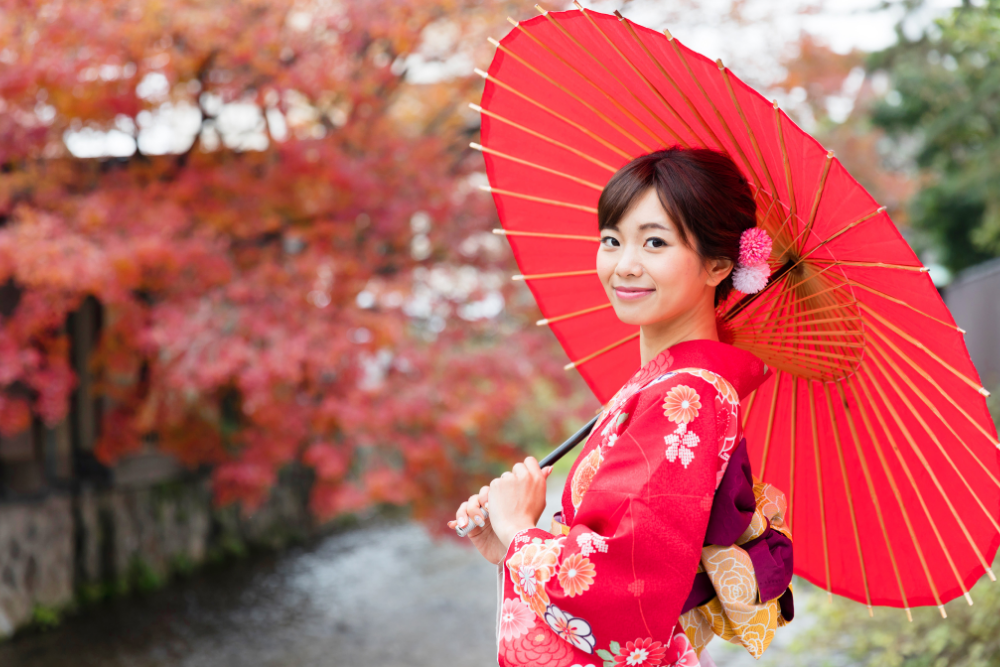
The origins of the kimono can be traced back to the Heian period (794–1185), when noblewomen wore the jūnihitoe, a multi-layered silk robe. Over time, the garment evolved, becoming more structured during the Edo period (1603–1868), when it was adopted widely across different social classes.
During the Meiji era (1868–1912), Western fashion began to influence Japan, leading to a decline in everyday kimono wear. However, the kimono remains a key element of formal occasions, tea ceremonies, festivals, and weddings, with modern designers reinterpreting it in contemporary styles.
Step-by-Step: The Kimono Dressing Process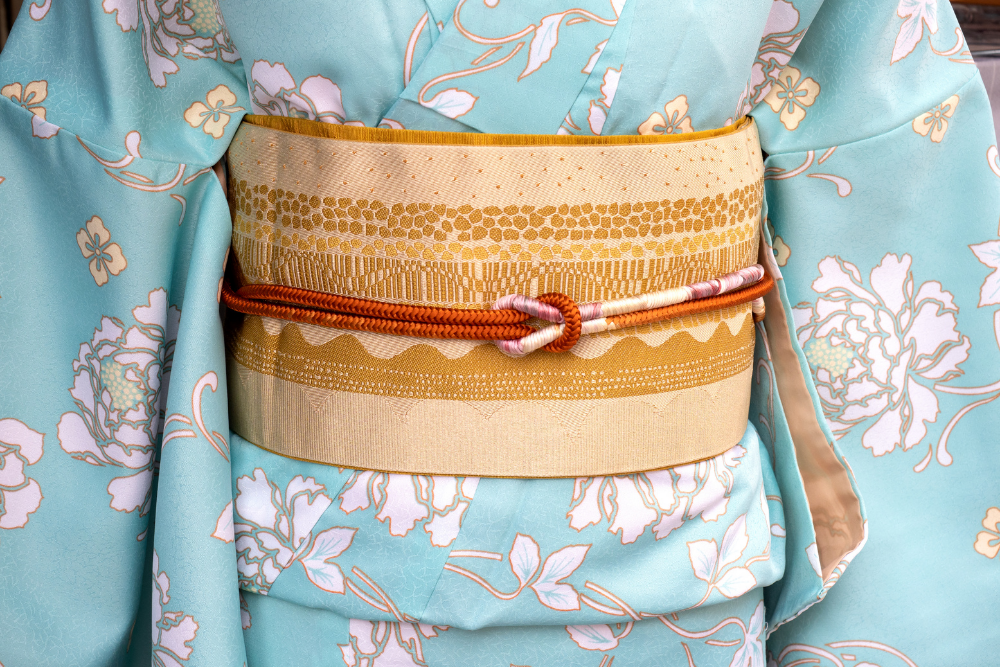
Wearing a kimono is an intricate process requiring precise folding, layering, and tying techniques. Many people rely on professional kitsuke (kimono dressing) instructors to help them achieve the perfect look.
1. Choosing the Right Kimono
The type of kimono you wear depends on the occasion, the season, and your personal status.
- Furisode (Long-Sleeved Kimono): Worn by unmarried women at formal events.
- Tomesode: A formal kimono for married women, often adorned with family crests.
- Yukata: A lightweight, casual kimono worn in summer, especially at festivals.
- Hōmongi: A semi-formal kimono suitable for parties and ceremonies.
- Montsuki Hakama: A formal attire for men, often worn with a pleated skirt-like bottom.
2. The Underlayers: Nagajuban and Tabi Socks
Before putting on the kimono, you must wear a nagajuban (a thin under-kimono) to protect the fabric from sweat. Tabi socks, which separate the big toe from the other toes, are also worn to prepare for traditional zori sandals.
3. Wrapping the Kimono Properly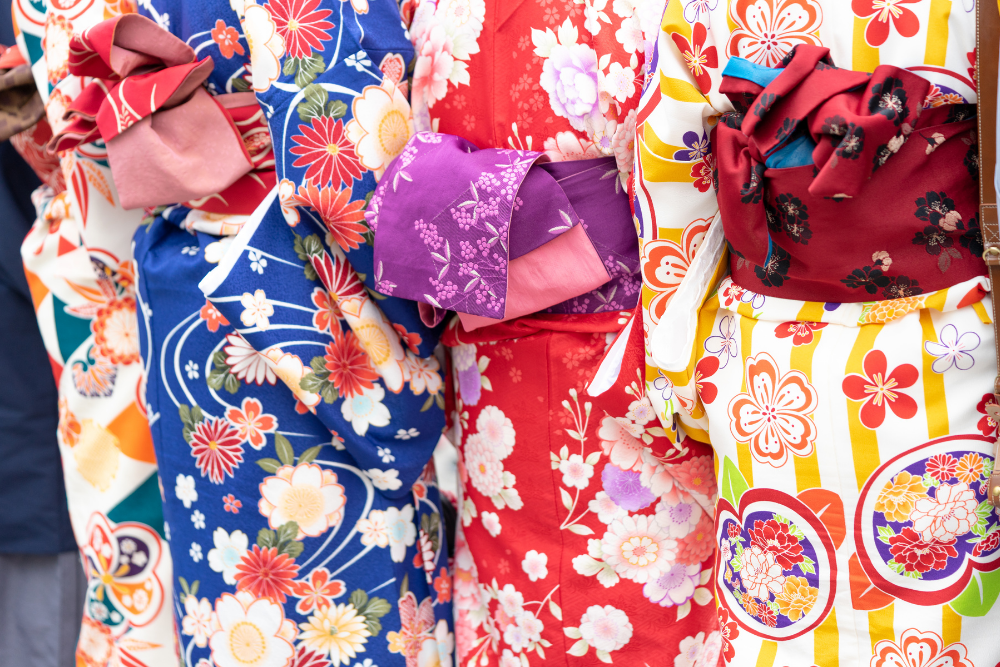
The kimono is wrapped around the body from left over right (the opposite way is reserved for funerals). The excess fabric is adjusted at the waist to create a straight silhouette, and a koshi-himo (thin sash) is tied to keep it in place.
4. Securing with the Obi Belt
The obi, a wide silk belt, is the centerpiece of the kimono ensemble. The way it is tied varies based on formality:
- Taiko Musubi: A simple, elegant knot used for formal wear.
- Fukura Suzume: A decorative bow often worn with furisode.
- Kainokuchi Musubi: A casual style for everyday kimono wear.
5. Finishing Touches: Accessories and Hair Styling
- Obiage and Obijime: Decorative sashes that secure the obi in place.
- Kanzashi (Hair Ornaments): Traditional hairpins used in elaborate updos.
- Haori (Kimono Jacket): A light outer layer for colder months.
Once the full ensemble is complete, you’ll notice how the kimono influences posture and movement, encouraging graceful, deliberate motions.
Where to Experience a Kimono Dressing Ceremony in Japan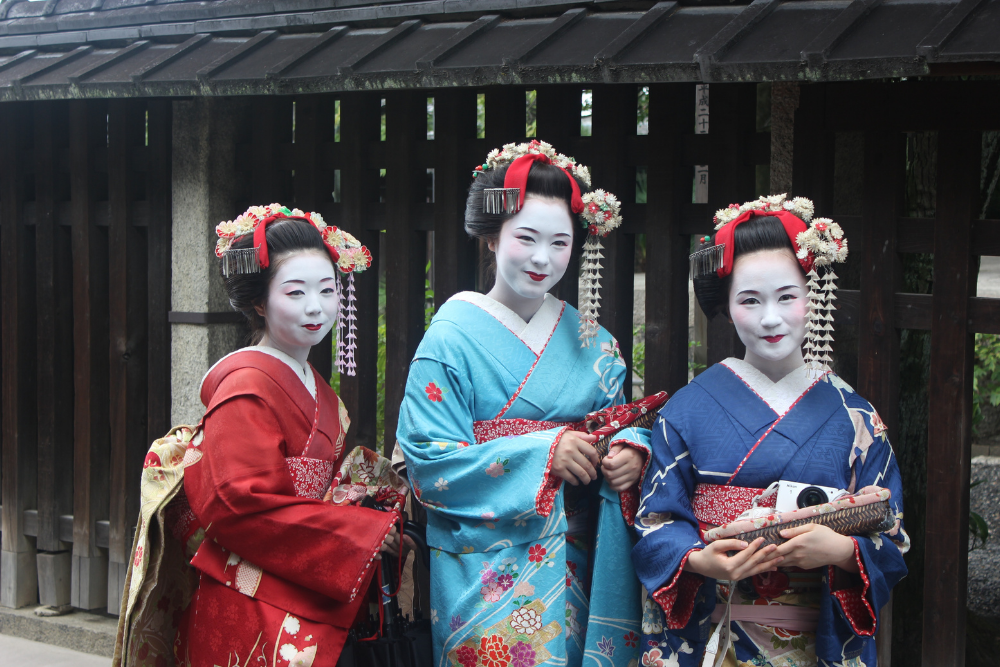
Many cultural centers, kimono rental shops, and tea houses offer kimono dressing experiences for visitors.
1. Kyoto: The Heart of Kimono Culture
Kyoto is one of the best places to experience a kimono dressing ceremony due to its preserved historical streets and tea houses.
- Kimono Rental Okamoto: Offers traditional kimono experiences near Kiyomizu Temple.
- Kyoto Kimono Yume Yakata: Provides a guided dressing ceremony and professional photography.
- Gion Corner: Watch a live kitsuke demonstration before exploring Kyoto’s geisha district.
2. Tokyo: Modern and Traditional Experiences
Tokyo blends the old and new, offering kimono rentals alongside modern fashion interpretations.
- Asakusa Kimono Experience: Rent a kimono and stroll through the historic Senso-ji Temple area.
- Meiji Shrine Kimono Ceremony: Participate in a traditional kimono dressing and Shinto ritual.
3. Kanazawa: The Hidden Gem for Kimono Culture
Kanazawa, home to the Higashi Chaya Tea District, is another excellent destination for an elegant kimono experience.
- Kaikaro Teahouse: Enjoy a private tea ceremony while wearing a kimono.
- Kanazawa Kimono Rental: Explore Kenrokuen Garden in full traditional attire.
4. Hot Springs and Ryokan Stays
Many onsen (hot spring resorts) provide guests with yukata robes, a more relaxed version of the kimono. Staying at a traditional ryokan inn allows you to experience the art of wearing a kimono in a serene setting.
- Hakone Ginyu: A luxury onsen retreat with yukata experiences.
- Kusatsu Onsen Ryokan: A historic hot spring town where guests wear yukata while strolling through the village.
The Cultural Significance of the Kimono Ceremony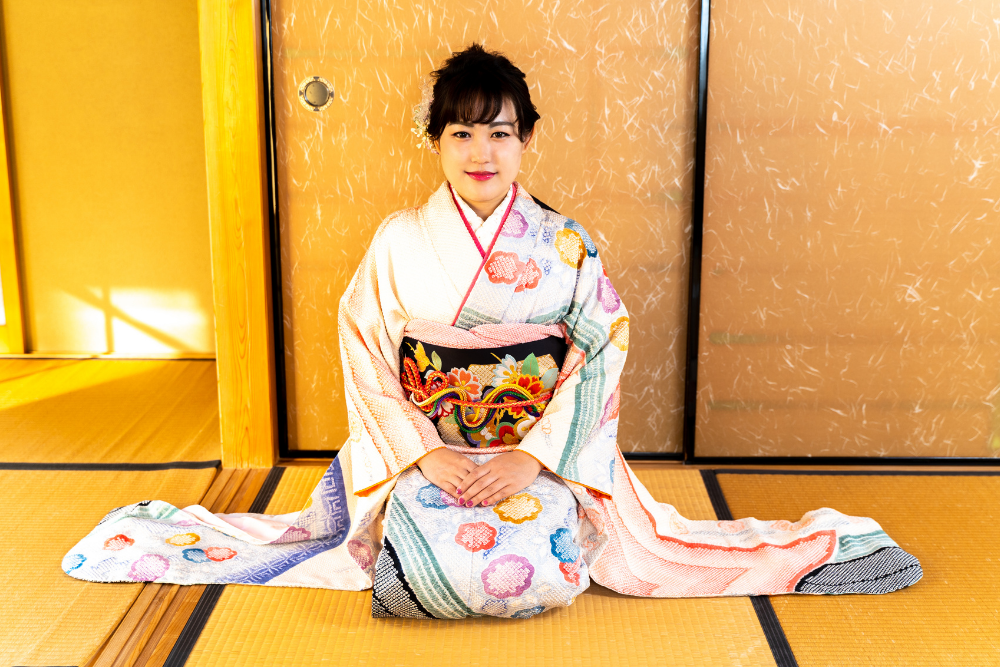
The kimono dressing ceremony is more than just wearing beautiful clothing—it’s a cultural practice deeply rooted in mindfulness, tradition, and etiquette.
- Seasonal Awareness: The choice of fabric and patterns reflects the time of year.
- Respect and Formality: The careful dressing process teaches patience and discipline.
- Personal Expression: Despite its structured form, the kimono allows for creativity through color, accessories, and fabric choices.
For special occasions like tea ceremonies, weddings, and coming-of-age celebrations, the kimono carries symbolic meaning and serves as a connection to Japan’s heritage.
Conclusion
Experiencing a kimono dressing ceremony is a journey into Japan’s refined aesthetics, history, and cultural traditions. Whether you participate in Kyoto’s historic streets, Tokyo’s vibrant neighborhoods, or a serene ryokan setting, wearing a kimono allows you to embrace the grace, beauty, and discipline that define Japanese elegance.
For travelers seeking an authentic cultural experience, the kimono ceremony offers a profound appreciation for Japan’s dedication to artistry, symbolism, and tradition—a timeless legacy that continues to inspire generations.



